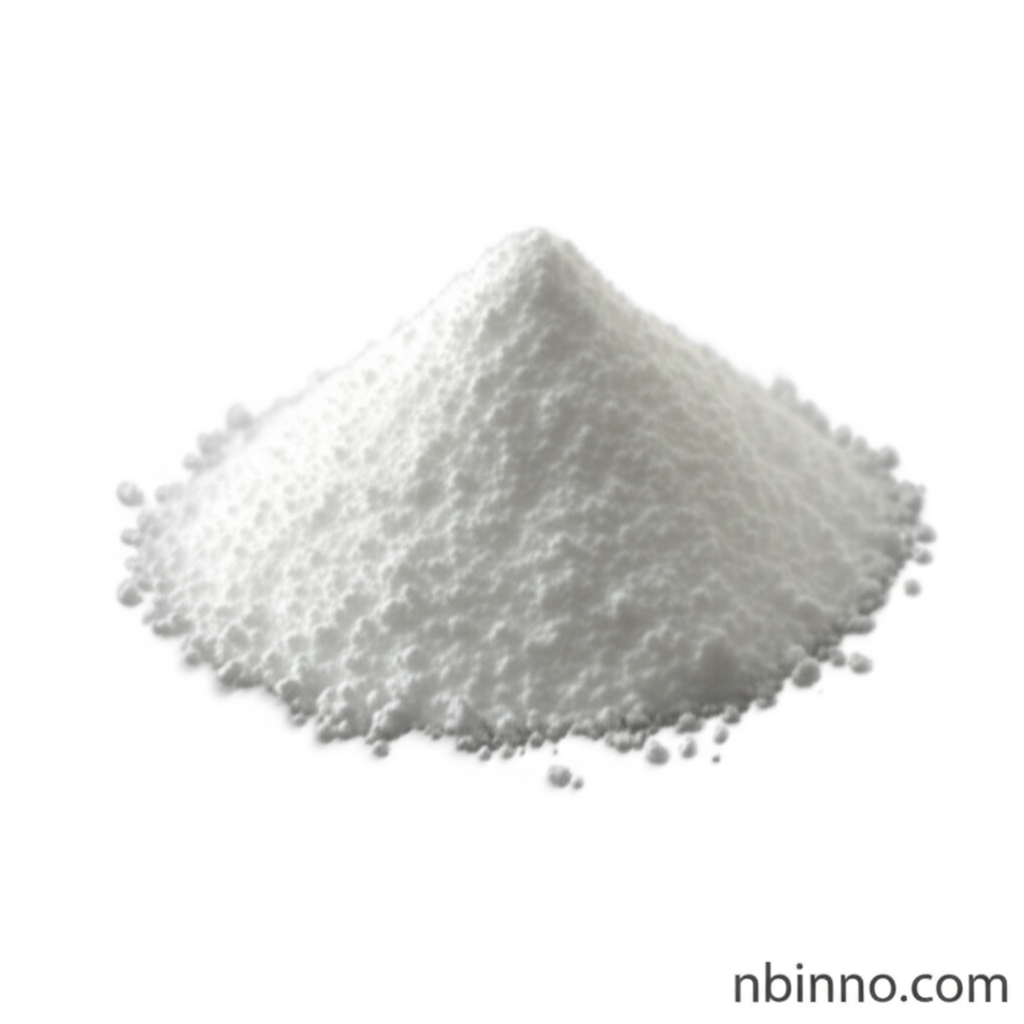3,4-Difluorophenylboronic Acid: A Key Intermediate for Pharmaceutical Synthesis and Advanced Material Development
Unlock cutting-edge chemical synthesis with 3,4-Difluorophenylboronic acid, a versatile building block.
Get a Quote & SampleProduct Core Value

3,4-Difluorophenylboronic acid
3,4-Difluorophenylboronic acid is a highly reactive boronic acid derivative widely used in pharmaceutical synthesis and material science. Its electron-withdrawing difluoro substitution pattern enhances reactivity in Suzuki-Miyaura cross-coupling reactions, making it particularly valuable for creating fluorinated drug intermediates, agrochemicals, and liquid crystal materials.
- Explore the versatility of 3,4-Difluorophenylboronic acid synthesis in creating complex molecular structures.
- Leverage its role as a critical Suzuki-Miyaura coupling intermediate for efficient bond formation.
- Discover its importance in developing fluorinated pharmaceutical intermediates for advanced therapeutics.
- Investigate its applications in material science, contributing to the creation of novel materials.
Advantages of Using 3,4-Difluorophenylboronic Acid
Enhanced Reactivity
The difluoro substitution pattern significantly boosts reactivity, making it an excellent choice for challenging organic synthesis reactions.
Versatile Building Block
This compound serves as a fundamental building block, facilitating the precise synthesis of complex organic molecules and advanced materials.
Broad Application Spectrum
From pharmaceutical development to material science, its utility as an organic synthesis building block is extensive.
Key Applications
Pharmaceutical Synthesis
Crucial for synthesizing fluorinated pharmaceutical intermediates, enhancing drug efficacy and metabolic stability through Suzuki-Miyaura coupling reactions.
Material Science
Used in the development of advanced materials, including liquid crystals and polymers, contributing to novel properties and functionalities.
Organic Synthesis
An indispensable tool for chemists performing cross-coupling reactions to build complex aromatic structures efficiently.
Agrochemicals
Plays a role in the creation of sophisticated agrochemicals, leveraging its unique chemical structure for enhanced biological activity.
